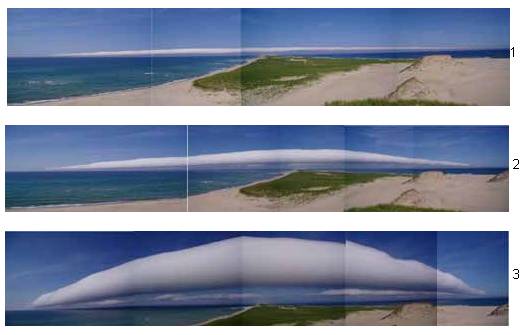Satellite detects solitary waves in space for the first time
 Paris, March 9 : Solitary waves that do not change form or lose energy in space, have been detected and explained for the first time thanks to data derived from the satellites of the Cluster constellation.
Paris, March 9 : Solitary waves that do not change form or lose energy in space, have been detected and explained for the first time thanks to data derived from the satellites of the Cluster constellation.
In theory, these solitary waves, called solitons, propagate endlessly maintaining their shape and form as well as velocity, which means that they do not lose energy with time.
John Scott Russel, who named it a 'wave of translation', first noticed the phenomenon in a water canal in England in 1834.
In water, solitons can be created when a sudden impulse hits the medium and propagates along it. This is made possible by a delicate balance of physical parameters that reinforces the wave without additional energy input externally.
Today, optic fibres carry large amounts of information over very long distances making use of soliton waves. This provides crystal-clear international phone calls and fast internet connections.
On 30 March 2002, at a distance of 50,000 km from Earth, the satellites of the Cluster constellation detected turbulence in the magnetopause, the outer boundary of the magnetosphere.
Simultaneous measurements by three of the satellites detected a soliton breaking away from the turbulent region towards the magnetosphere. The wave travelled for a long distance and vanished at some point.
"Knowing the positions and separation of the spacecraft at that time, we have found that the wave was 6-7 km in size and moved in towards the magnetosphere at roughly 8 to 9 km/s. We couldn't have done this without multiple spacecraft," said Raoul Trines of the Rutherford Appleton Laboratory, UK, lead author of the study.
The observations performed by the Cluster satellites were found to be in good agreement with computer simulations, confirming earlier theoretical predictions of their existence.
"Thanks to its multiple spacecraft, Cluster has the unique capability to differentiate spatial variations from temporal variations. This makes it the first mission to confirm the theoretical prediction of solitons in space," said Philippe Escoubet, ESA's Cluster and Double Star Project Scientist. (ANI)